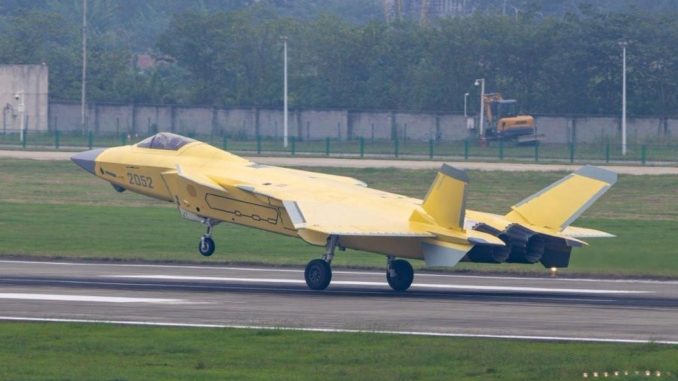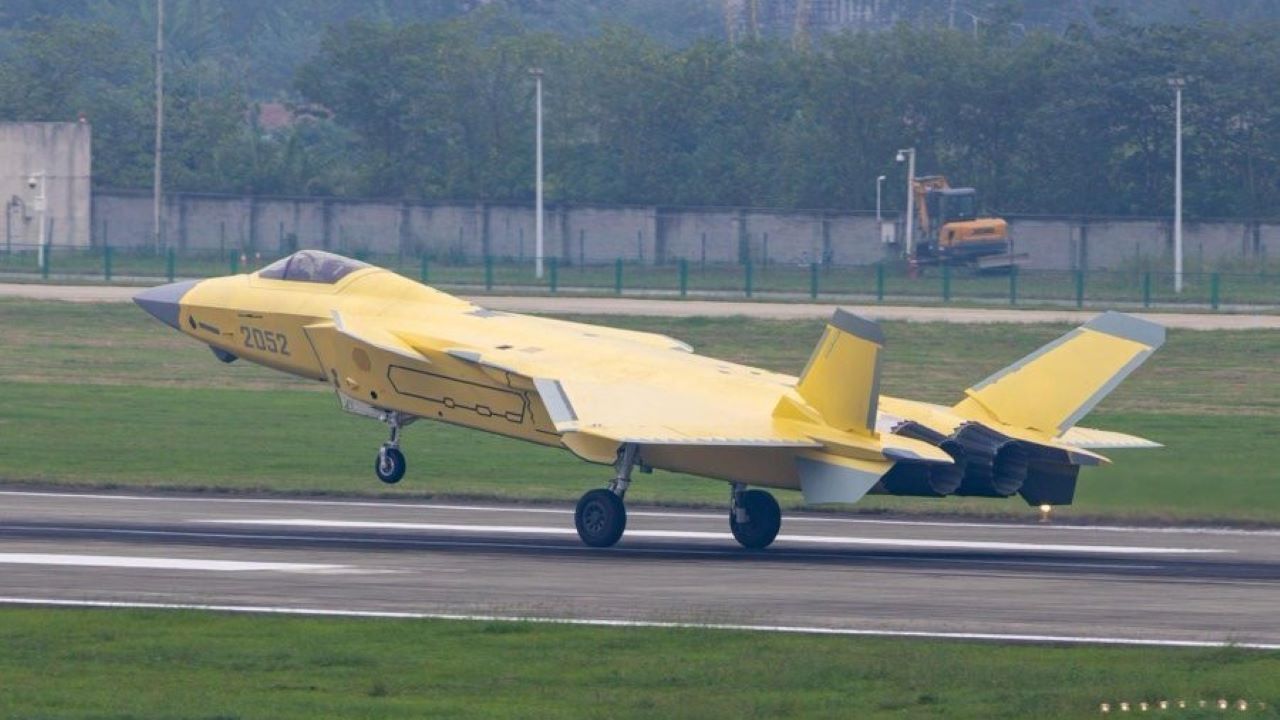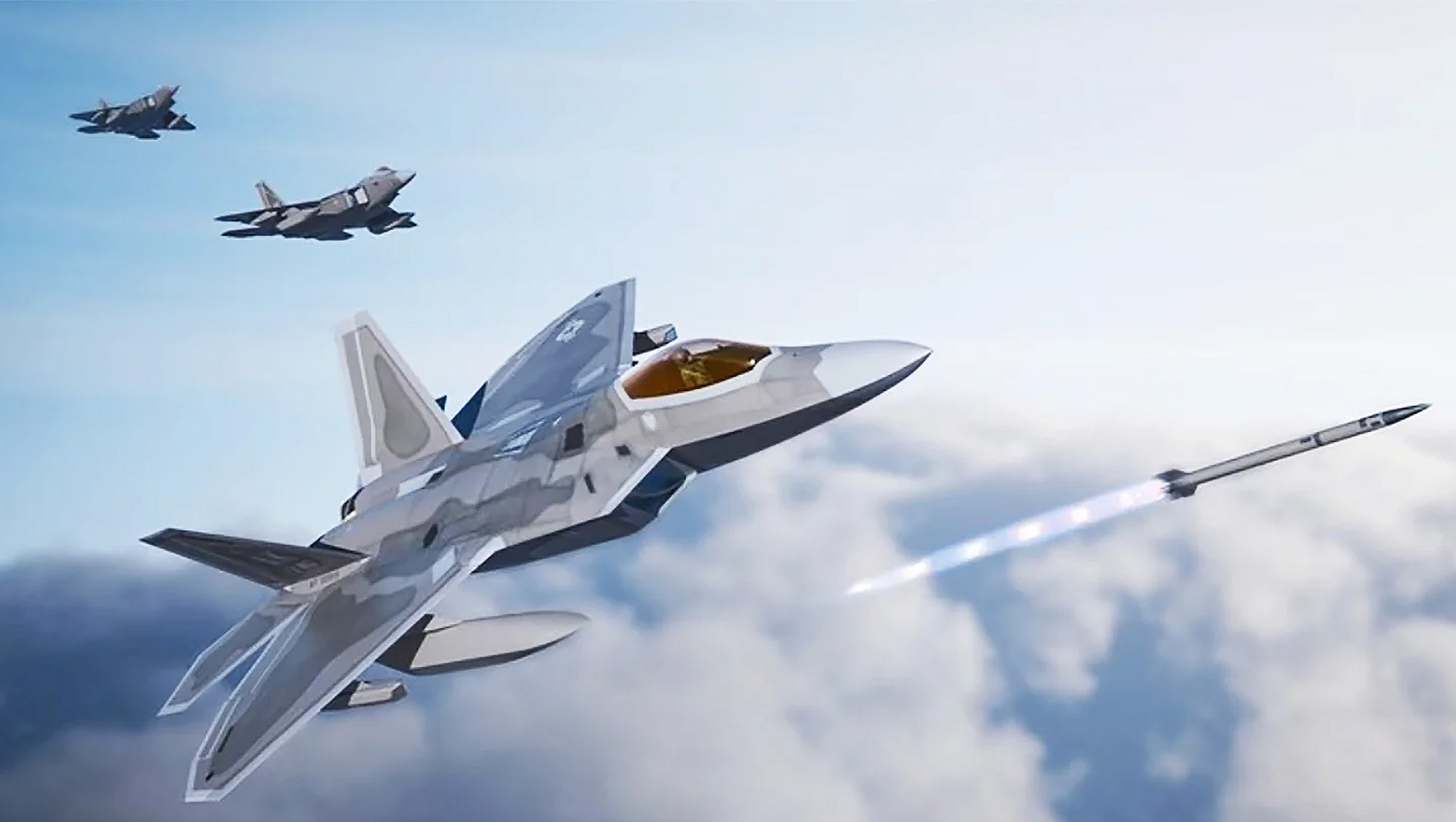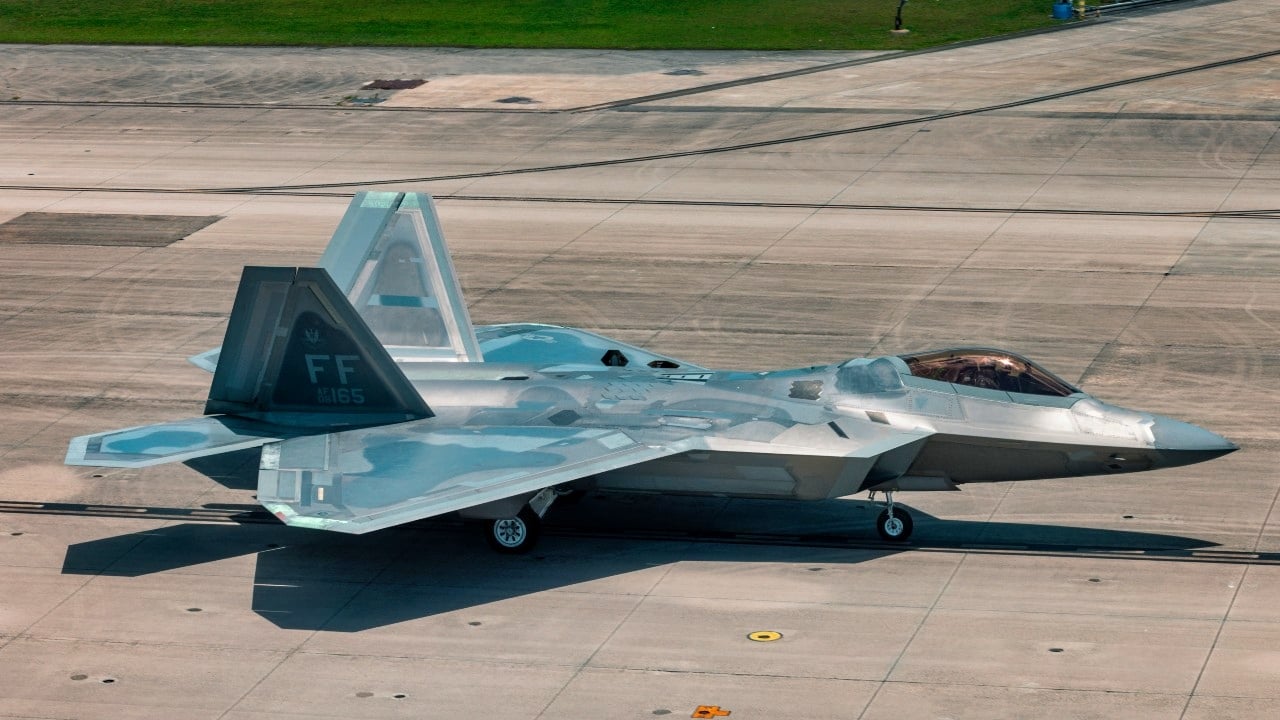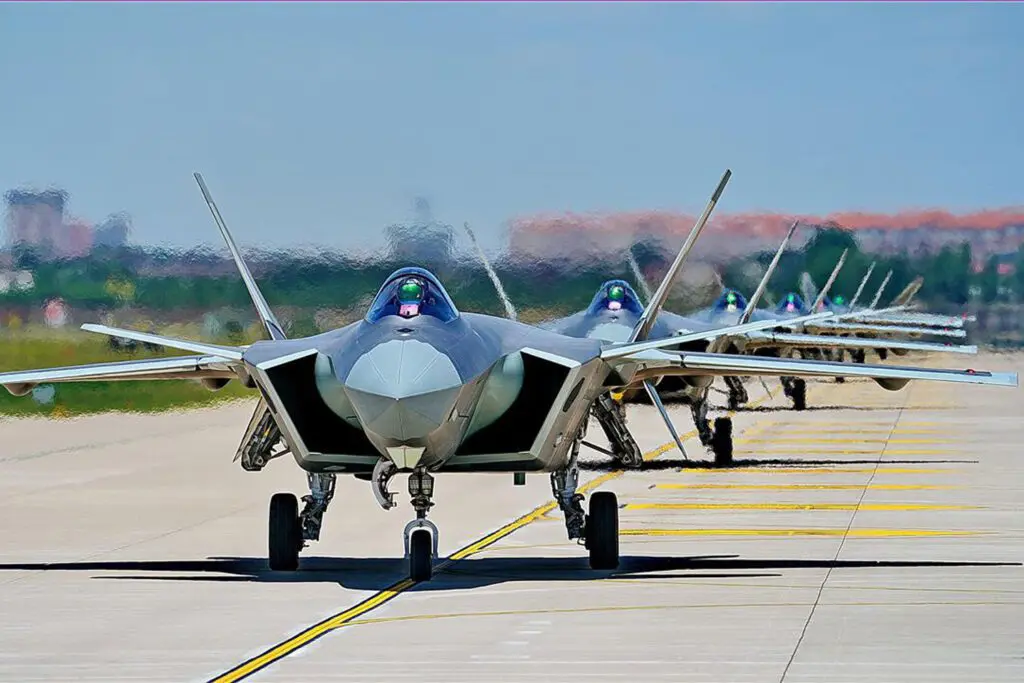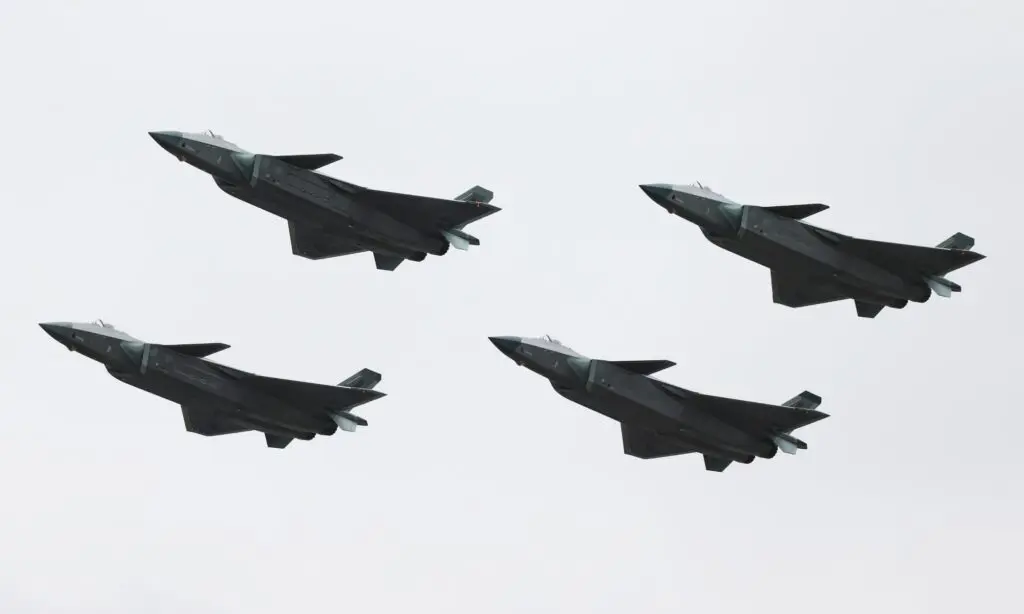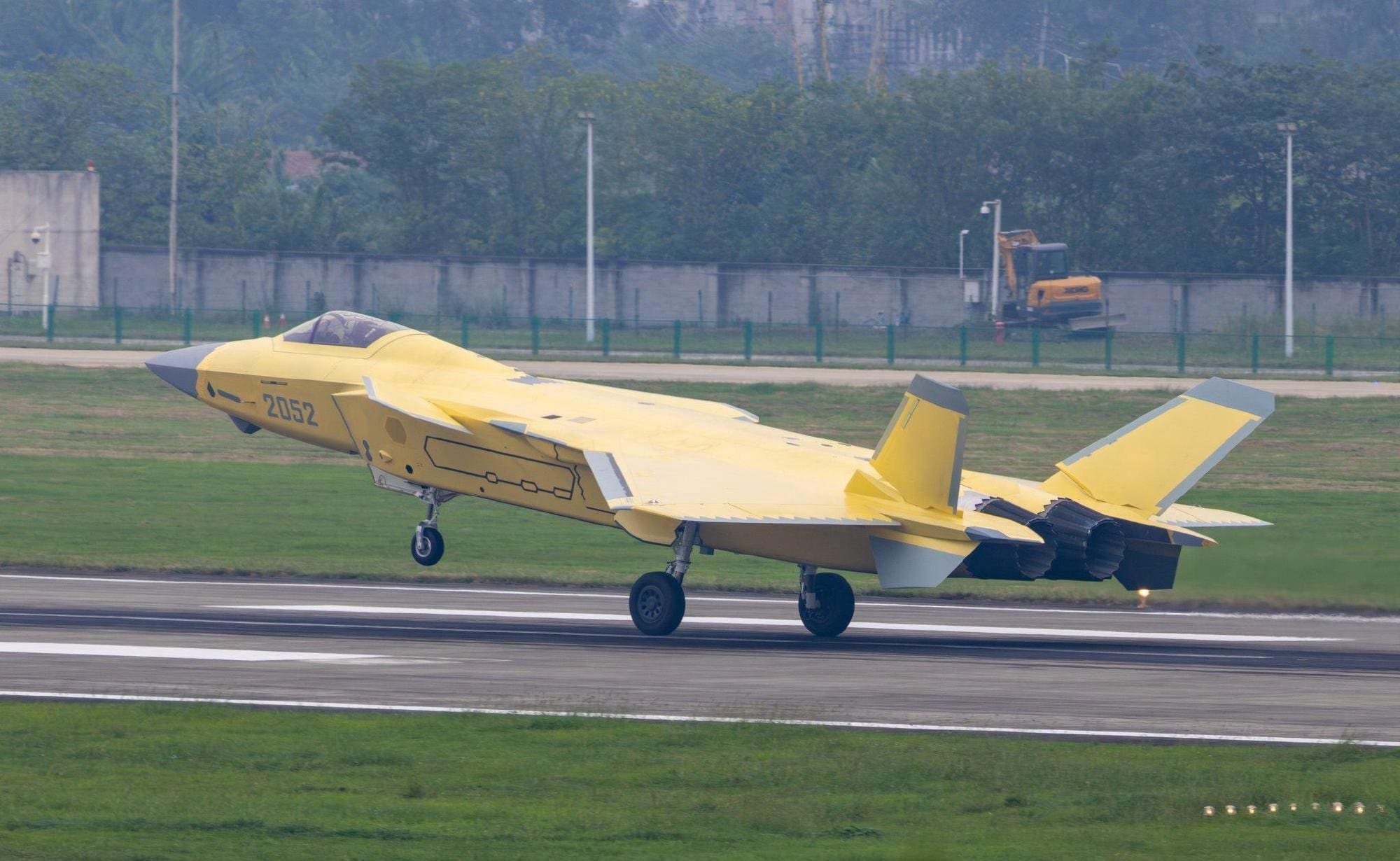Beijingwalker
Elite Member
- Nov 4, 2011
- 76,509
- 104,125
- Country of Origin

- Country of Residence

Our Best Look Yet At China’s J-20A Fighter With WS-15 Engines , the performance boost could mean the J-20A produces more thrust than the F-22 Raptor
The domestically developed turbofans are expected to confer ‘supercruise’ performance on the stealthy Chinese fighter.THOMAS NEWDICK
POSTED ON SEP 9, 2024 6:52 PM EDT

We have just gotten our clearest view so far of a Chinese J-20A stealth fighter powered by the definitive WS-15 domestically produced engines. While the appearance of the photo at this point raises a number of questions, it’s meanwhile clear that the significant shortcoming of the J-20 — its powerplant — is well along its path to being addressed.
The photo in question began to circulate widely on social media over the weekend. It shows a J-20A prototype, serial number 2052, on the runway at an undisclosed location. It may well be the manufacturer Chengdu’s main test airfield, which is co-located with its production plant in its namesake city. The fighter is seen from the rear aspect, providing a detailed look at the nozzles for the twin WS-15 turbofans. The aircraft is wearing the characteristic yellow primer that is applied prior to the final paintwork being added.
The J-20A version is a refined single-seat version of the basic J-20, with changes that include a revised fuselage mold line, including a reprofiled nosecone, a deeper spine, and a slightly raised cockpit, as well as provision for WS-15 engines. The additional space in the spine is likely to accommodate additional avionics and/or fuel. The new engines meanwhile require modified engine intakes with a slightly smaller bump (DSI inlet design) at the leading edge, to optimize airflow.
Somewhat surprisingly, the photo actually appeared as early as mid-July, when it was posted to social media by an account with the handle @ItsumiErika1500. Considering the speed with which new developments in Chinese military aviation are picked up, it’s puzzling that this took so long to become more widely distributed.
TWZ also spoke to Andreas Rupprecht, a longtime Chinese military observer and contributor to this website, who noted that the photo may well date from well before mid-July.

An earlier and lower-quality photo of J-20A serial number 2052. Chinese internet via X
According to Rupprecht, it’s now generally assumed that at least some J-20A prototypes have been transferred to the China Flight Test Establishment at Xi’an-Yanliang and others potentially to the Flight Test and Training Base at Cangzhou. Although not yet seen in imagery, it’s highly likely that these aircraft are already painted gray.
Bearing in mind that serial number 2052 was seen as long ago as December 2022 in the primer yellow colors, it seems unlikely that it would still not have received its definitive paint scheme by the summer of 2024.
Often it’s the case that higher-quality Chinese aviation photos are released several months or as long as a year after they were taken.
Regardless of when the photo was taken, it certainly provides the best — albeit not the first — look at the J-20A’s WS-15 turbofans, an engine that is expected to significantly reduce the gap between Chinese fighters and their latest Western equivalents.
As long ago as March 2022, reports said that a WS-15-powered J-20 had flown, although only one of these engines was understood to have been fitted, which is common for early testing.
In December 2022, images appeared online showing serial number 2051 — an example of the J-20A variant that was expected to get WS-15s if it hadn’t already.
As we reported at the time, a J-20A — serial number 2052 — was reportedly flying with WS-15 engines installed as of June 2023, when photos and videos reportedly from the test flight increasingly began to circulate on social media.
The first imagery of the J-20A under WS-15 power was of poor quality, with the exhaust nozzles obscured, making it hard to determine conclusively if the aircraft actually had the new engines, or if it retained the WS-10-series turbofans previously fitted.
Meanwhile, the original J-20 prototypes and initial production examples were powered by Russian-made AL-31 turbofans.
As for the WS-15, this is understood to stem from development begun in the 1990s, but few hard facts are known about it. So far, no photos or videos showing the engine, or even a full-scale mockup have appeared in public. However, it has been reported in the past that prototypes of the engine were capable of producing at least 36,000 pounds of thrust with afterburner, with the ultimate aim of achieving a thrust rating of 40,000 pounds.
This compares favorably with the most powerful versions of the WS-10, which are reportedly in the 32,000 to 35,000-pound maximum thrust class, with afterburning.
Interestingly, while variants of the WS-10 with thrust-vectoring nozzles have been developed, the WS-15, at least in its current form, features a standard nozzle.
Overall, it appears that the primary advantage the WS-15 is bringing to the J-20A is more power — at least 4,000 pounds more thrust than each of the WS-10s used in earlier examples of the fighter.

A WS-10-powered J-20 seen from the rear. YouTube screen capture
Potentially, this performance boost could mean the J-20A produces more thrust than the F-22 Raptor, the only comparable fifth-generation fighter currently in widespread frontline service today.
The F-22 is powered by two Pratt & Whitney F119s that each produce around 35,000 pounds at full afterburner.
The F-22 is renowned for its speed, including its ability to ‘supercruise’ — meaning it can fly at supersonic speeds for sustained periods without the use of afterburners, and with a full load of internal weapons, as you can read more about here.
While questions may remain about the fuel efficiency and maintenance requirements of the WS-15, especially its time between overhauls, the key advantage it brings seems to be one of thrust, which may well propel the J-20A into the elite group of current fighters that can supercruise well above Mach 1. This would be especially important for the kinds of missions the J-20 is expected to execute, including conferring an ability to get places faster in a dash profile, as well as likely increase its ceiling.
In its 2023 China Military Power report, the Pentagon said it expected that upgrades for the J-20 would include a supercruise capability via WS-15 engines, as well as increased internal missile carriage.
The J-20 — specifically the J-20A — may represent the state of the art in the People’s Liberation Army Air Force (PLAAF), but U.S. officials have otherwise moved to downplay the level of threat it presents.
“It’s not anything to lose a lot of sleep over,” U.S. Air Force Gen. Kenneth Wilsbach, head of Pacific Air Forces, the service’s top command in the Indo-Pacific region, told reporters in September 2022. “Certainly, we’re watching them closely and seeing how they develop and how they operate them.”
The addition of the definitive engines might see assessments of this kind recalibrated somewhat.
At the same time, re-engining the J-20 is not the only program underway to expand the aircraft’s capabilities.
The two-seat J-20B is also now being tested and TWZ has long posited that one of its roles will be as a drone controller. The addition of a back-seater would make the J-20 better suited to this task and would also carve out a unique niche for it among current fifth-generation fighter platforms.
Perhaps just as important, for China, is the fact that the maturation of the WS-15 also reflects major advances in the country’s aero-engine industry. Developing modern high-performance jet engines had long been the Achilles’ heel of China’s aerospace output. Many key types had long relied on Russian-supplied engines, but this is now a thing of the past. All key frontline combat types are now powered by engines of domestic design and production.
Whether a deliberate move on the part of the Chinese or not, the WS-15-powered J-20A is very much out in the open. We should now expect to see the aircraft more regularly, especially as it continues to populate PLAAF units as part of the air arm’s impressive modernization drive.



